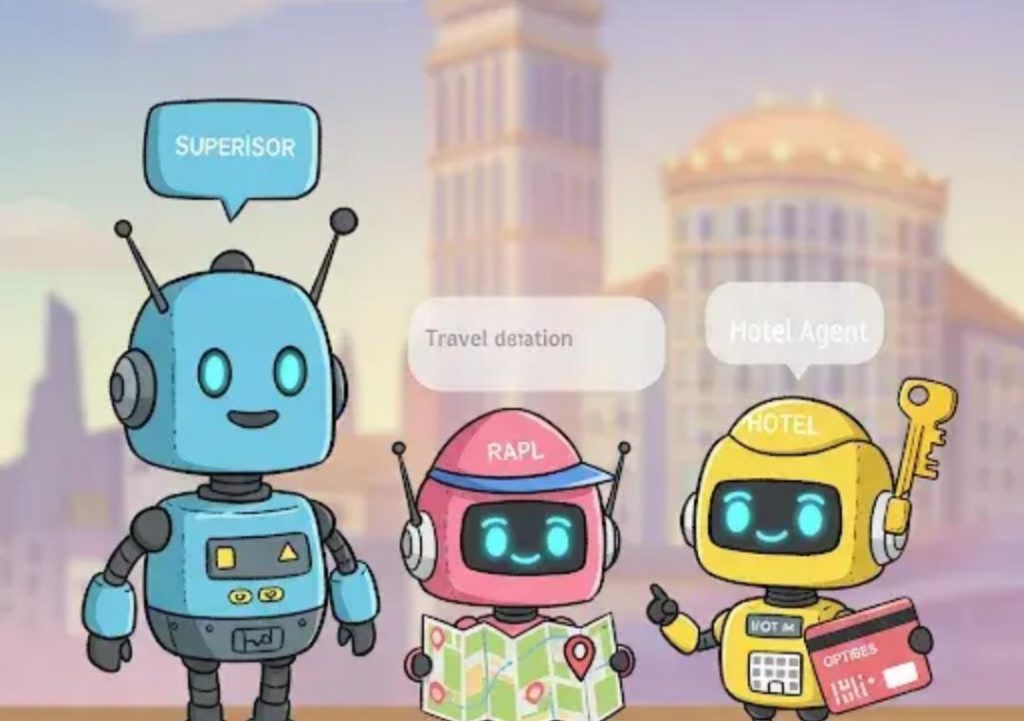
Multi-agent Collaboration Mimics Real Team Dynamics
In the world of artificial intelligence, a single AI agent can be powerful, but what if you could deploy a full team of agents to tackle complex tasks? Multi-agent systems are the answer, allowing various agents to specialize, communicate, and collaborate across tasks like research, validation, and reporting. This modular setup creates digital workflows that mirror human teamwork, but at machine speed and scale.
Traditional AI systems rely on a single agent to complete a task, which can be limiting. A single agent may not have the necessary expertise, data, or processing power to tackle complex tasks, leading to inefficiencies and decreased accuracy. Multi-agent systems, on the other hand, enable the deployment of multiple agents with different strengths, creating a collaborative environment that mimics real-world teamwork.
How Multi-Agent Systems Work
A multi-agent system consists of multiple autonomous agents that work together to achieve a common goal. Each agent is designed to specialize in a specific task or set of tasks, ensuring that the system as a whole is more robust and efficient. Agents can communicate with each other through various protocols, sharing information and coordinating their actions to achieve the desired outcome.
In a multi-agent system, agents can be categorized into different types, such as:
- Specialist agents: These agents are designed to excel in a specific task or domain. For example, a specialist agent might be trained to recognize patterns in medical images or to translate languages.
- Generalist agents: These agents are designed to be versatile and can handle a variety of tasks. For example, a generalist agent might be trained to perform data analysis, text processing, or natural language processing.
- Broker agents: These agents act as intermediaries, facilitating communication and coordination between other agents. They can help resolve conflicts, negotiate, and allocate tasks.
Benefits of Multi-Agent Collaboration
The benefits of multi-agent collaboration are numerous:
- Improved accuracy: By combining the strengths of multiple agents, multi-agent systems can achieve higher accuracy and precision in tasks such as data analysis, image recognition, and decision-making.
- Increased efficiency: Multi-agent systems can process large amounts of data and complete tasks faster than a single agent, making them ideal for applications where speed and scalability are critical.
- Enhanced adaptability: Multi-agent systems can adapt to changing circumstances and environments, allowing them to learn from experience and improve their performance over time.
- Better decision-making: By combining diverse perspectives and insights, multi-agent systems can make more informed and nuanced decisions, taking into account multiple viewpoints and potential outcomes.
Real-World Applications of Multi-Agent Systems
Multi-agent systems are being applied in a wide range of industries and applications, including:
- Healthcare: Multi-agent systems can be used to analyze medical images, diagnose diseases, and develop personalized treatment plans.
- Finance: Multi-agent systems can be used to analyze financial data, predict market trends, and make investment decisions.
- Manufacturing: Multi-agent systems can be used to optimize production processes, manage supply chains, and predict equipment failures.
- Education: Multi-agent systems can be used to develop personalized learning plans, recommending educational resources and adapting to individual learning styles.
Conclusion
In conclusion, multi-agent collaboration mimics real team dynamics, creating digital workflows that mirror human teamwork but at machine speed and scale. By deploying multiple agents with different strengths, multi-agent systems can achieve higher accuracy, increased efficiency, and enhanced adaptability. As the world becomes increasingly complex and data-driven, multi-agent systems are poised to play a critical role in a wide range of industries and applications.



